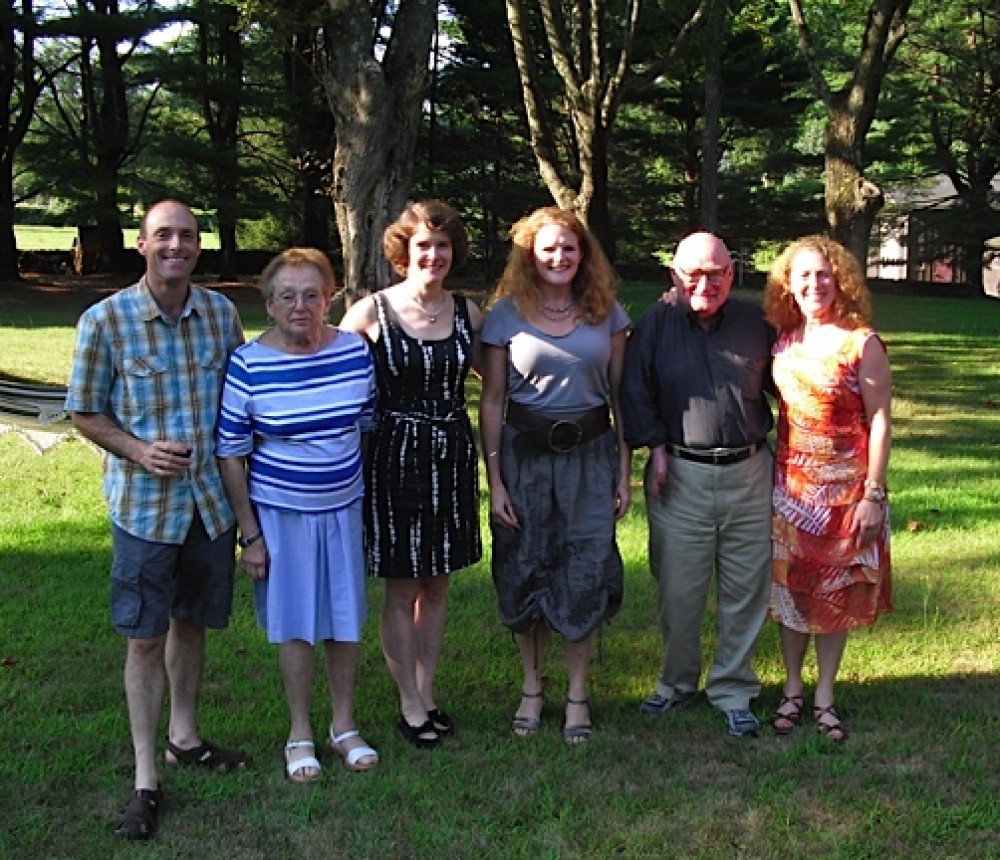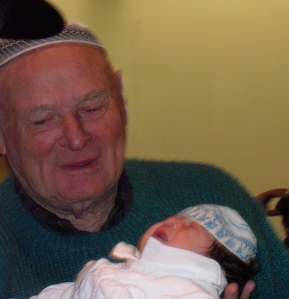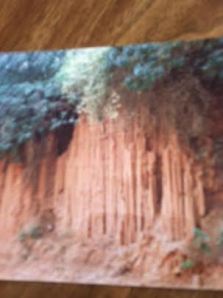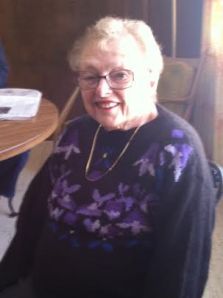I hate to tell you how much it cost Marty and I to maintain our teeth during the past year. Although we’re not aging, our teeth are. Since we’re too young to have dentures, we’ve opted to have our teeth repaired or replaced. Our son also needs a dental implant and is using our oral surgeon. The Kleins’ have provided both the dentist and the oral surgeon with an annuity. In fact, they each can retire, but they enjoy their work. I appreciate their work too.
Dentists in several countries had the opportunity to serve us. When I was in Tunisia in 1989, I developed some problems with a wisdom tooth. The Tunisian dentist labored diligently, and saved the tooth. It wasn’t until last year that I had to have that tooth extracted. I recounted the story to my dentist, and mentioned that I felt that American dentists are too quick to extract wisdom teeth.
On our last visit to Bolivia in 1991, my husband had a toothache and was referred to a dentist, who did his training in Argentina. Dr. Jimenez’s facilities were in an old factory or office building which I believe he owned. Jimenez practiced orthodontics as well as general dentistry and the suites for each of these specialties were beautifully decorated. Dr. Jimenez examined Marty’s teeth and the diagnosis was that he needed “rrrroot canal, post, and crown” at “$170.00 dollahs, cash.” Marty asked him when he could start and he said “Right now!” We brought the payment and noticed that the drawer was full of greenbacks, even though most of the patients probably were not “Gringos.”
The work was completed in about a week’s time because Marty’s appointments were every working day, and sometimes, twice a day. When the crown was ready to be placed, the dental technician, who worked in the same building, joined Jimenez to make sure that the crown fit properly.
Shortly after my husband received his new tooth, I had a problem with a tooth that he had fixed, and went through the same procedure.
Over the years, when either of us experienced dental problems, Marty suggested that we take a trip to Bolivia and see Dr. Jimenez.
With current airfares, I don’t think that’s such a good idea.







